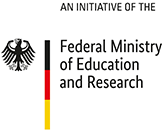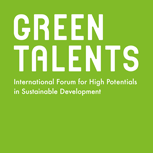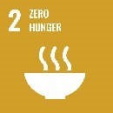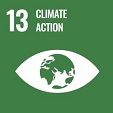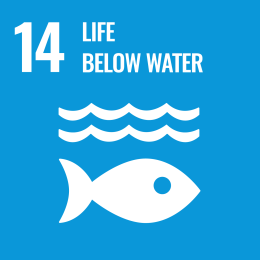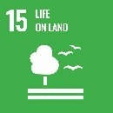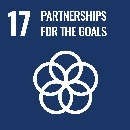MSc Student in Environmental Science at University of Waikato, New Zealand
Research focus: environmental and soil science
The water quality in rivers and lakes is often threatened by nitrate coming from fields and pastures nearby. One method to reduce the amount of nitrate transferred is to re-establish vegetation along streams and lakes as riparian buffers. In her project, Olivia is investigating the impact of different vegetation types on riparian strips (mānuka on one hand, and pasture on the other hand) on the transport of nitrate into rivers and lakes in New Zealand. Mānuka (Leptosperumum scoparium) is a plant native to New Zealand. The species is interesting for farmers since it can be used for the production of essential oils and, through apiculture, to produce a special kind of honey. Mānuka may also help to recover native biodiversity in agricultural areas, where it is often sparse. Olivia’s research is part of a multidisciplinary and collaborative project between scientists from research organisations, iwi (indigenous Maori people from New Zealand), and local authorities.
Water quality is a critical area on both a national and global scale, as land use intensification combined with climate change is leading to further soil and water degradation. The main challenge in her research was to develop a local scale system to monitor and model the movement of water and dissolved nitrate in the specific soil type found in the area studied near Lake Waikare.
Riparian buffers have many positive effects: They reduce water pollution (nutrients, sediments, and pathogens), prevent soil erosion, recycle nutrients, and remove carbon from the atmosphere. They can also improve biodiversity and create new and diverse sources of income for farmers. Riparian buffers can enhance a wide range of ecosystem services. Olivia’s work contributes to several UN Sustainable Development Goals: Goal 13 (Climate Action), and Goals 14 and 15 (Life below Water and on Land).
The jury was impressed by Olivia’s dedicated research on a highly relevant topic, especially for the transformation of food systems. She aims to use plants that can have many ecological benefits so as to improve environmental outcomes in agricultural landscapes. In addition to her interesting research, the candidate is using her work to actively support communities to become more resilient to climate change.
The research of Olivia mainly contributes to the Sustainable Development Goals 2, 13, 14, 15, 17:
Take a look at this video that briefly introduces Olivia and her research:
